Graphic design for business took on a new dimension with the advent of digital technology, revolutionizing how companies convey their brand identity. In earlier days, traditional design principles dominated the landscape, but the current era is teeming with innovative approaches. Regardless of the technique, graphic design for business ensures effective communication and elevates brand aesthetics. While some may initially think of it as purely technical or overly complex, in truth it is both creative and strategic--and is enjoying tremendous growth in importance. Enhance your enterprise with these cutting-edge graphic design strategies and craft a memorable brand presence.
Brand Identity Design
Brand identity design is the meticulous process of crafting a unique visual language that effectively communicates a business's core values and sets it apart in a crowded marketplace. It involves creating comprehensive visual elements such as logos, color palettes, typography, and imagery, each element carefully selected to resonate with the target audience and evoke the desired emotional response. A well-executed brand identity not only ensures consistency across all platforms and marketing materials but also builds a lasting impression in the minds of consumers, fostering brand loyalty and trust. The strategic integration of these visual components plays a crucial role in storytelling, enabling businesses to convey their brand narrative succinctly and compellingly, ultimately influencing consumer perception and behavior.
Business Card Layout
In the realm of graphic design for business, crafting an impactful business card layout requires a meticulous balance of aesthetic appeal and functionality. A well-designed business card serves as more than just a contact method; it embodies the identity and branding ethos of a company. This small canvas demands strategic placement of essential information such as logos, names, and contact details while maintaining visual harmony through thoughtful use of typography, color schemes, and negative space. A designer must consider how tactile elements--such as paper texture, weight, and the incorporation of techniques like embossing or foiling--can enhance the card's tangible allure, making the recipient more likely to remember and engage with the brand.
Marketing Material Design
Graphic design plays a pivotal role in creating effective marketing material that captivates and engages target audiences by communicating a brand's values and message in a visually compelling manner. High-quality design translates into memorable marketing collateral, including brochures, flyers, posters, and digital assets that not only enhance brand recognition but also portray a professional image fostering consumer trust. These materials, crafted with a blend of striking visuals, cohesive typography, and strategic use of color, act as vital touchpoints that guide potential clients through the customer journey. Graphic designers meticulously align each element with the brand's identity and objectives, ensuring consistency across all channels, ultimately leading to increased brand loyalty and an amplified market presence.
Social Media Graphics
Social media graphics in business demand a strategic approach with emphasis on brand representation and audience engagement. Each visual element, whether it's color, typography, or layout, contributes to a cohesive narrative that strengthens brand identity amidst the noise of social feeds. High-quality images, consistency in style, and adaptability to various social platforms are crucial as they ensure messages are conveyed clearly and leave a lasting impression. Analyzing feedback and performance metrics, graphic designers can refine and innovate, enhancing interaction and fostering loyalty through visuals that speak volumes without words.
Corporate Visuals
Corporate visuals serve as a fundamental element in establishing a robust identity for businesses, enhancing brand perception by ensuring consistency and coherence across various platforms. These visuals encompass a multitude of components including logos, color schemes, typography, and imagery that must invariably align with the company's core values and mission. Effective graphic design in this realm involves creating an aesthetically compelling and versatile visual lexicon that can be seamlessly applied across multiple mediums, such as digital spaces, print materials, signage, and promotional merchandise. Designers need to employ strategic thinking and creativity to craft visuals that resonate emotionally with audiences, reinforce brand messages, and differentiate the company from its competitors in a visually saturated market.
Presentation Templates
Presentation templates are indispensable tools for businesses seeking to convey information efficiently and professionally; they provide a structured, cohesive framework that elevates the visual storytelling aspect of any presentation. High-quality templates utilize a harmonious blend of fonts, colors, and layouts that reflect the company's brand identity, ensuring consistency throughout each slide. A well-crafted presentation template not only captures the audience's attention but also aids in the retention of key information through strategically placed visuals paired with succinct text. Customizable elements allow businesses to tailor content to specific audiences, enhancing engagement and making the presentation versatile for various contexts and purposes while maintaining the core aesthetic and brand message.
Logo Development Process
The logo development process commences with an in-depth understanding of the business's core values, target audience, and unique selling proposition, which sets the foundation for a distinctive brand identity. Designers then undergo a rigorous research phase, examining competitors and industry trends to highlight opportunities for differentiation and innovation, ensuring the logo reflects both the brand's essence and future goals. Design concepts are meticulously sketched out, exploring various typographic styles, color palettes, and symbolic elements, while feedback loops involving stakeholders help refine these ideas into a harmonious blend of aesthetic appeal and functionality. Ultimately, the chosen design undergoes final adjustments, optimizing its scalability and versatility across diverse mediums, from business cards to digital platforms, thereby solidifying the brand's visual narrative.
Website User Interface
The website user interface (UI) acts as the digital handshake between a business and its audience, demanding an intricate balance of aesthetics and functionality to capture and retain user attention. Colors, typography, and imagery must cohesively reflect the brand's identity, while strategically placed calls to action guide users seamlessly through the intended conversion funnels. Every element, from buttons to navigation bars, requires careful alignment to ensure intuitive usability, reducing friction and enhancing the overall user experience. Responsive design remains crucial in today's mobile-dominated landscape, necessitating layouts that adapt gracefully across devices to maintain consistency and accessibility.
Infographic Creation
Infographic creation in graphic design for business purposes involves translating complex data sets and abstract concepts into visually engaging and easy-to-understand illustrations. Designers innovate by employing elements such as icons, color schemes, and typography to ensure information is not only digestible but also compelling, thereby increasing consumer engagement and retention. The strategic use of space and imagery allows businesses to convey key insights quickly, making infographics a powerful tool for marketing, training, and internal communications. This approach facilitates storytelling by presenting data in a narrative format, enabling businesses to communicate effectively with stakeholders and maintain a competitive edge in today's information-overloaded environment.
Print Advertisement Design
Print advertisement design remains a vital aspect of graphic design for businesses seeking to leave a tangible impact on their audience. The design process involves creating visually compelling layouts that captivate the viewer's attention immediately, incorporating elements like bold typography, high-quality images, and strategic color schemes to evoke emotion and brand recognition. Designers must consider the principles of harmony and balance, ensuring every element serves a purpose, whether guiding the viewer's eye or reinforcing the advertisement's message, while keeping the target audience's preferences and the brand's identity at the forefront. Furthermore, print advertisements often involve selecting the right paper textures and finishes, which enhance the physical sensory experience and add a layer of sophistication to the brand, transforming a simple ad into an unforgettable piece of visual communication.







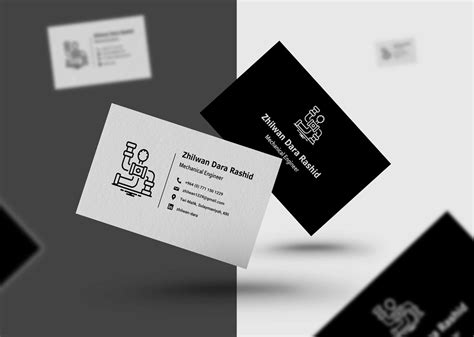
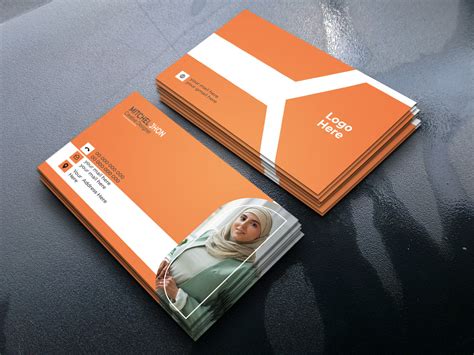
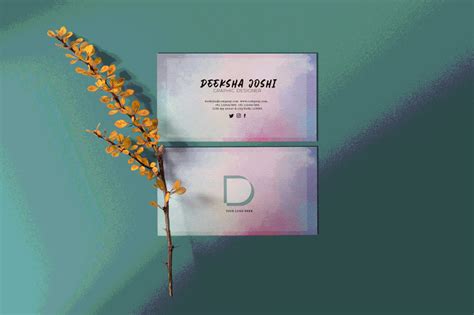
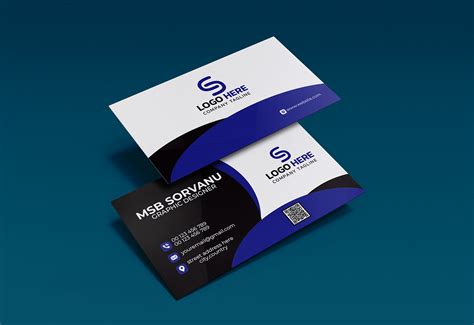
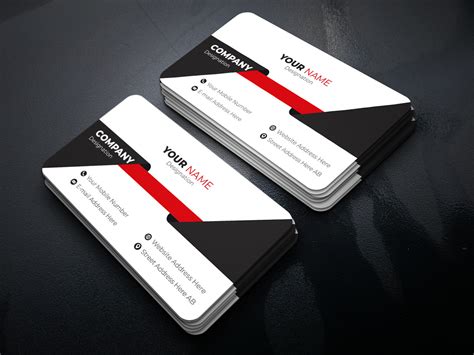
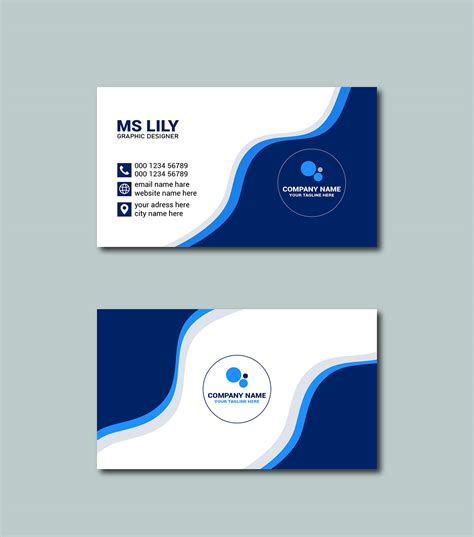
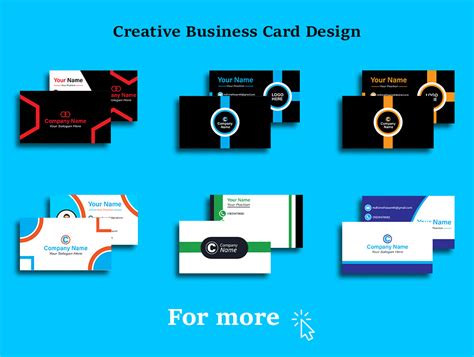
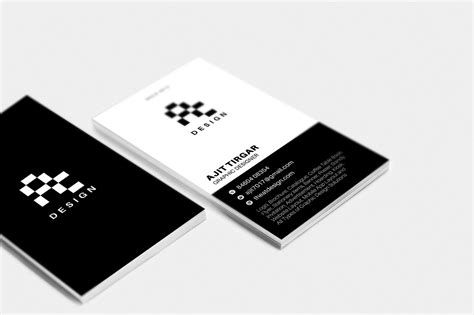
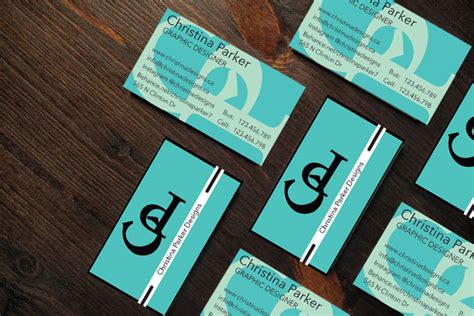
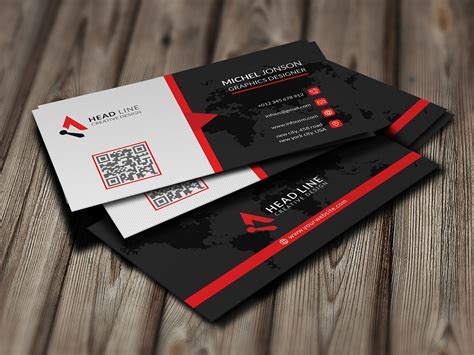
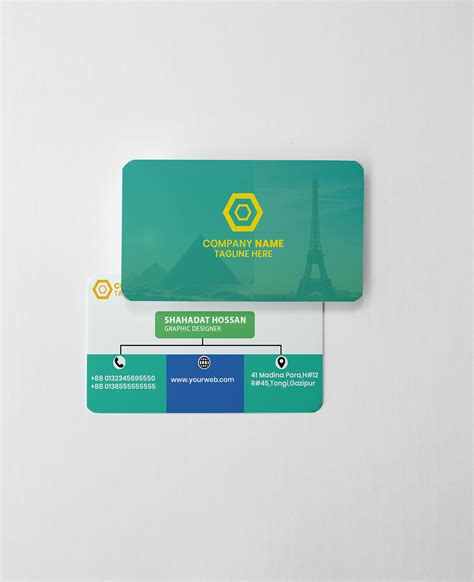
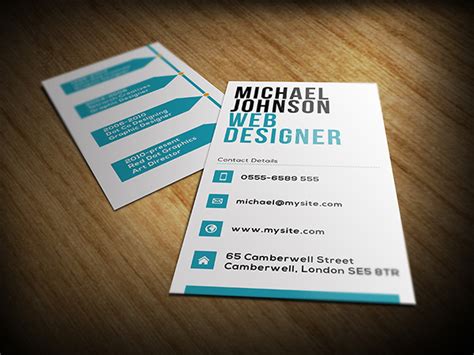
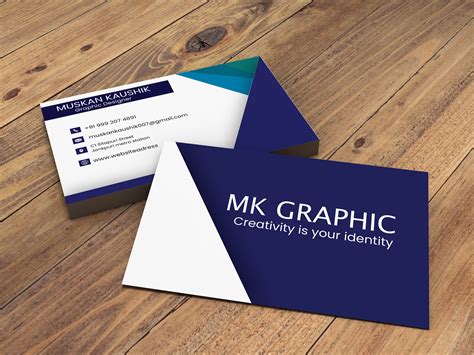

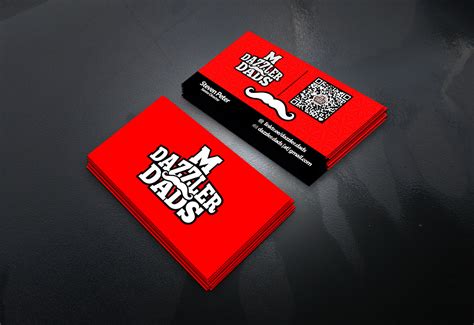
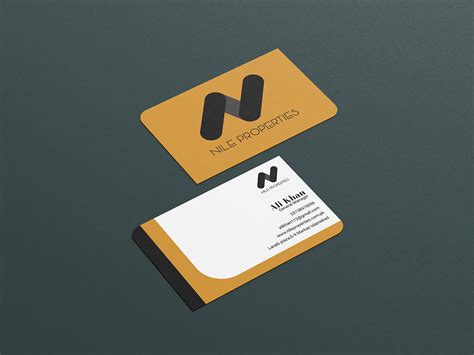
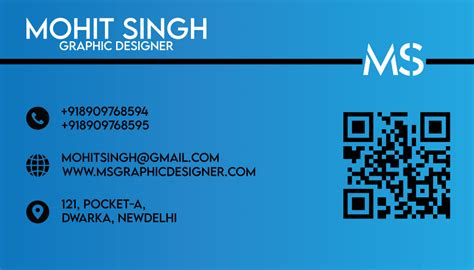
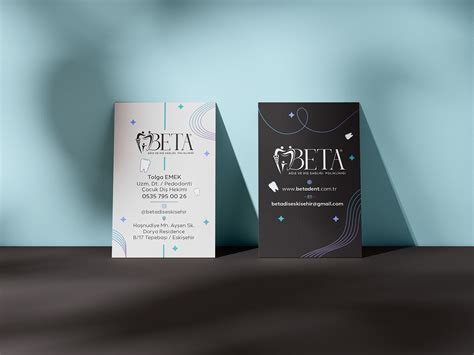
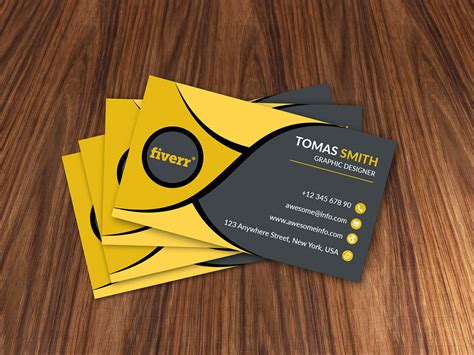
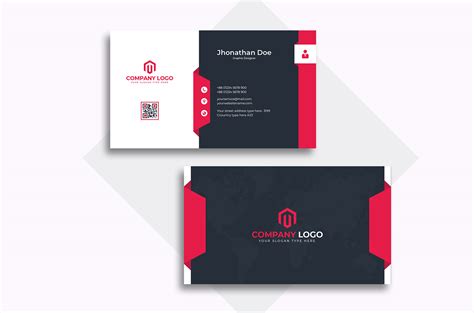
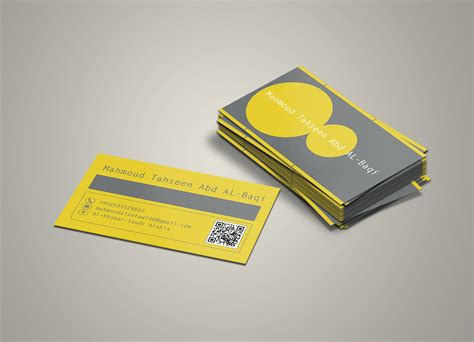
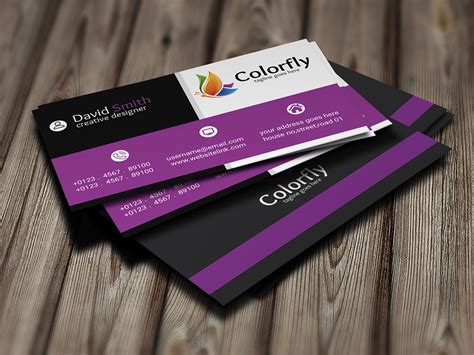
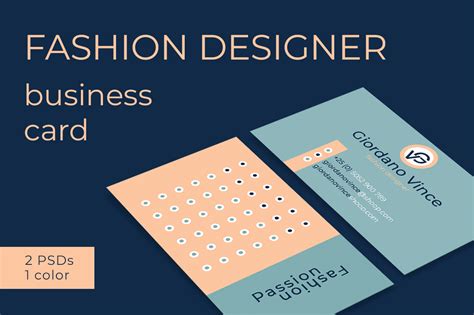
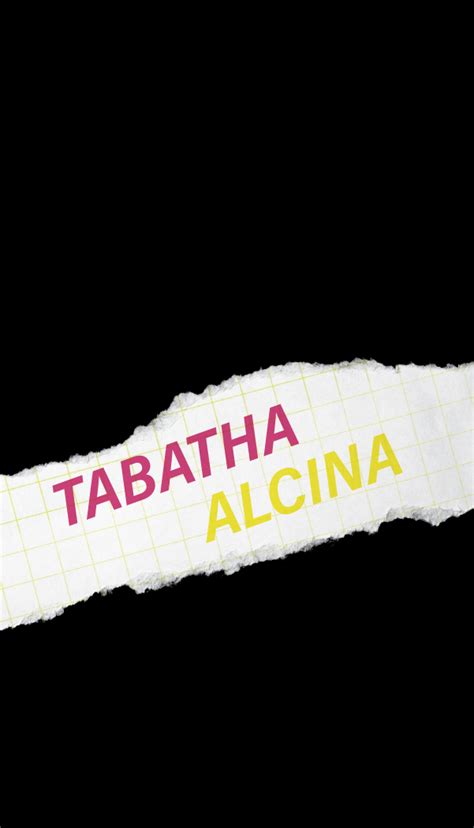
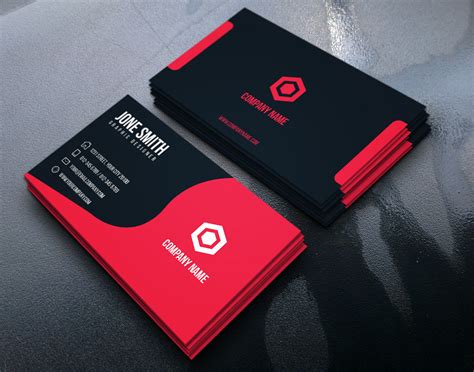
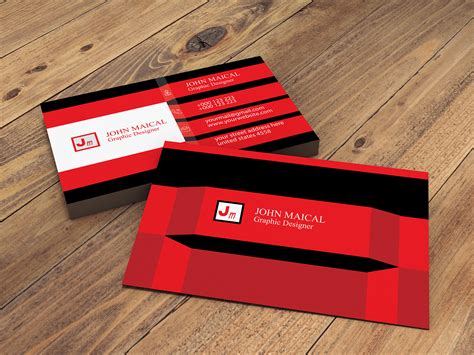
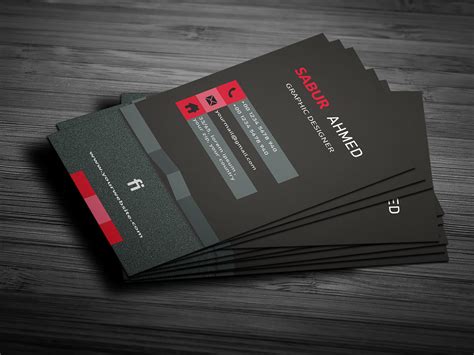
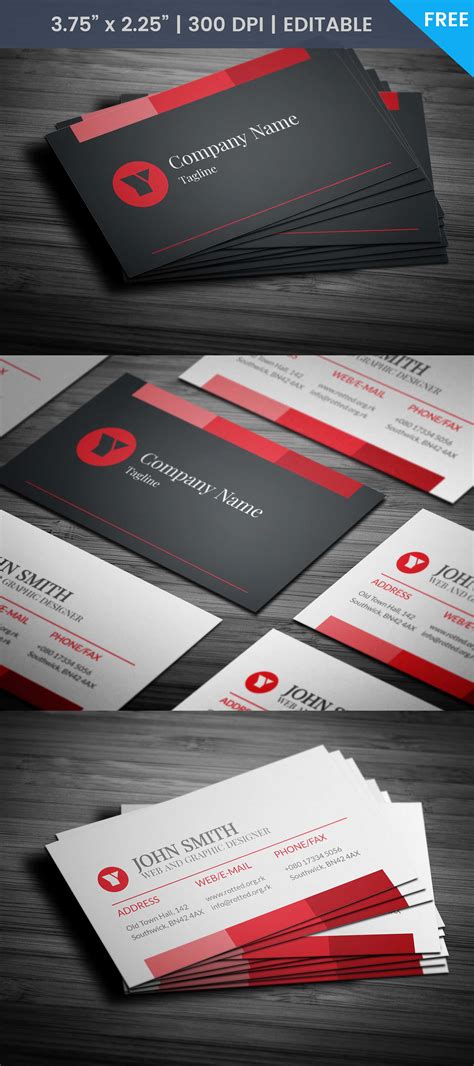
Leave a Reply
Your email address will not be published.